Okay, let me set the picture for you. You have been granted the opportunity to present your solution to a big potential customer. This is a big deal for you. Not a big deal say, for GM or IBM or Coca-Cola, but a big deal for your business. You have invested marketing dollars to build interest. You have invested sales dollars to court this prospect. Now you have your chance. One hour in front of their decision-maker and his influencers. What do you do?
See if this sounds familiar. First, you review what problems you want to solve. Then you get out PowerPoint and start thinking about what you want to say. You have to tell them about your company right? Your experience. Your team. Your dedication to customer satisfaction. Your solution development process. You want to show them that you understand their problems. Maybe review the prior discussions you have had with their people? Then there is the solution demo.
What are the best features you can show to impress them? What are some cool “futures” you can hint at? Then the close. The close has to be solid, right? How do we ask for the order?
Sound familiar? It should. Not only is that what you and your team do, it is what most (probably all) of your competitors do as well. And guess what? It is dull, and it is boring, and it results in the fact that most buying executives say 90% of sales presentations waste their time! It also results in many decision-makers deciding to do nothing rather than investing in uninspiring vendors and solutions. And it most certainly results in absolutely no differentiation between you and your competitors.
Let’s fix that. Presenting your solutions, ideas, plans, products, services in front of live humans represents your absolute best marketing and sales opportunity. Nothing else is even close. People buy from people, and they want to learn what you know, how you communicate, and can they trust you. So…here are 5 proven tips to make sure your sales presentations do not fall into the 90% that are a waste of time.
1. Put on your audience hat.
The majority of presenters create their presentation by thinking about what they want to say. Great presenters think about what the audience needs to hear, and how they want to hear it. Huge difference! We all like to talk about what we know, and what we believe to be important. However, that is not always what the audience needs to hear. Especially in a sales presentation. The audience (decision-maker) is busy, has a problem, and wants it solved.
Example: They don’t care about your company history, your development processes, your devotion to customer satisfaction, your years in business, your mission statement (never EVER show that)…UNTIL…they believe you can solve their problem. So stop opening with that stuff. All that says is “here comes another boring presentation”.
Instead, give your audience a thought or emotion-provoking opening. Maybe a bold statement. Maybe a rhetorical question. Perhaps a great story. Let them know this is not just another waste of their time. What would grab your attention if YOU were sitting at the table? After you have developed a draft of your presentation, go over it as if you were at the table listening to it. If you are honest with yourself (you better be), I guarantee you will make drastic changes.
2. Completely solve the biggest problem.
It is a common occurrence for presenters to want to talk about all the things they think are wonderful about their solution and company. They want to “impress” their prospects with the depth of their products or services. Yes, we can solve your problems, and we can do so much more. Just look at all these cool things we can offer you.
There are two primary problems with this approach. One, all that stuff clouds the impact and importance of the primary solution to the prospect’s main problem, the one they HAVE TO solve. Two, you waste their time and attention with things you do not know are impressive to them. There was another industry study which said buyers thought that 8 of 10 features discussed by salespeople had absolutely no impact on the buying decision. Think about that. We are out there talking about things WE think are great, when our prospects could not care less.
Develop your message around solving the number 1 prospect problem first, completely and clearly. Confirm that they believe it would be solved. Then, and only then, do you move on to problem number 2. Not cool feature number 2. Solve problem number 2. Stay on task. Only demonstrate things that directly relate to solving major problems. Simplicity and clarity of message are huge.
3. Your slides are not your presentation.
It is amazing that, after all the facts and news about smoking-related illness, people still smoke cigarettes. It is equally amazing that, after all the talk about “death by PowerPoint”, people still deliver stone-cold boring presentations. Slides filled with text and bullets. Silly clip-art drawings. Fancy backgrounds. Complicated charts and graphs. “I know this is hard to read, but allow me to explain this chart.” Seriously?
The late Steve Jobs had a rule about meetings with his people. No slides allowed. He wanted to hear what his people thought, what they knew, not what they could read off a slide. The same is true of your prospects. They want to be impressed with YOU, not your fancy slides. They want a conversation. Whatever solution they end up investing in will not be delivered by, nor supported by a slide presentation. They will be working with you and your people.
Your prospects expect information. They crave inspiration. Use your slides, or video, or whiteboard sketching to support your discussion, not to BE the discussion. Rehearse you presentation until you could do it without slides. Then use vivid, meaningful, simple images to reinforce your points. You would be amazed at how much more 2 or 3 carefully chosen words placed over a large image could say vs. 5 bullet points.
4. Help…don’t sell.
Do you want to sell more? Then stop being a salesperson, and be an advisor. Sales reps are a dime a dozen, and decision-makers have no time for them. Trusted advisors are rare and decision-makers always find time for them. All too often, sales people making presentations SOUND like sales people.
“Thank you so much for taking your time to allow us to tell you about our solution. We know you will find us to be the best option to be your partner.”
“There is a reason we are the top selling solution in our industry. It is our devotion to 100% customer satisfaction.”
“We have consistently developed leading-edge products, which keep our competitors playing catch-up.”
Blah, blah, blah…wake me when there’s something of interest. People do not like to be “sold”. They want to be helped. They want to be educated. They want to know that you care about them and their business, not just your commissions. Sounding like a sales rep makes them put up their defenses and digs you a hole you may not get out of. To prevent that, structure your talk so you tell stories about helping clients, not recite stats. Tell them things they do not know. Make your presentation “conversational”. Smile. Maybe even laugh. Talk about the warts, not just the all-is-right-with-the-world image. Every company has warts. If your intention is truly to advise and help your prospect, and not to collect money, the money part will take care of itself.
5 Provide the appropriate call to action close.
We have to ask for the order, right? Maybe, but not always. Most often, a purchase is not made at the end of a presentation. Most often, something else occurs. Maybe it’s a committee discussion. Maybe its an evaluation with other competitors. Your big presentation is probably just an important step in the process. Hopefully, you know what that process is. Set up your close to support that next step.
Options might be:
- a site visit
- a follow up conversation
- delivering more detailed backup data
- client references
- a more detailed solution demo
- a proof-of-concept project
- financing alternatives
Whatever it is, help your prospect to get where you want them to go by supporting their buying process. Nothing reeks “sales-guy” more than asking for the order before they are ready to buy.
Persuading others to buy your product or service is asking them to change. After all, if they were doing what you want already, then there is no reason to buy, right? Change is scary. Humans resist change. In order to smoothly facilitate change, you have to accomplish three things.
- Inform them.
- Inspire them.
- Clear the path to your solution.
Developing and delivering great sales presentations always addresses these three things. Most people are good at the first part. They inform the audience. They often fail to properly accomplish the other two.
Presentations are rarely inspiring, and they don’t think about clearing the path because they haven’t thought that far in advance. This represents a giant opportunity for you, because the sales presentation bar of excellence is not that high. You don’t even have to leap over it. You can take a big step and clear the bar, and your competitors in the process.
Try not to take yourself too seriously. Yes, this is business and yes, it’s important. But it is also a study in human nature. The better you understand how people think, what they react to, and how they make decisions, the more successful you will be in persuading them to come around to your point.
It’s not about you, it is about how well you can communicate your desire to help and to provide solutions to problems.
By: John Lowe, Executive Faculty

